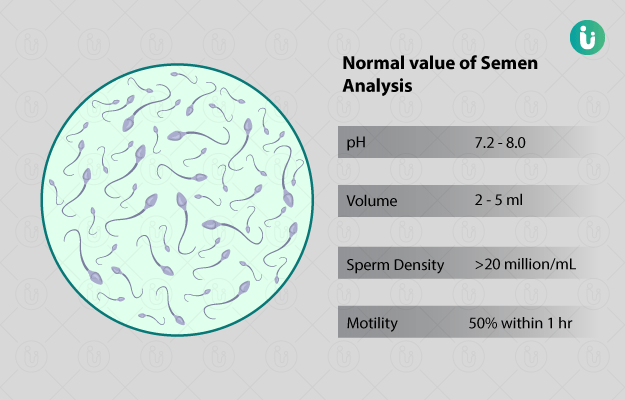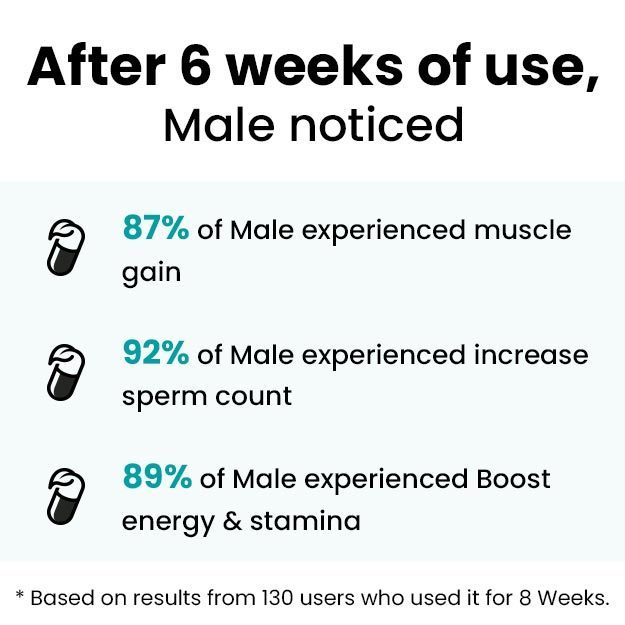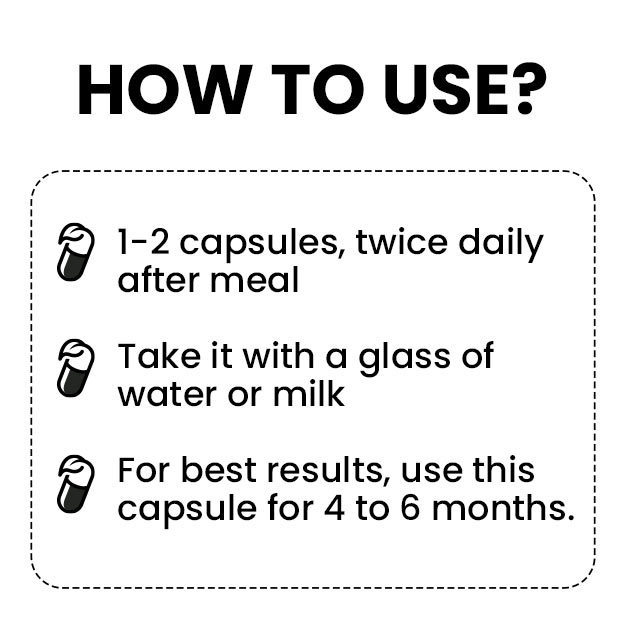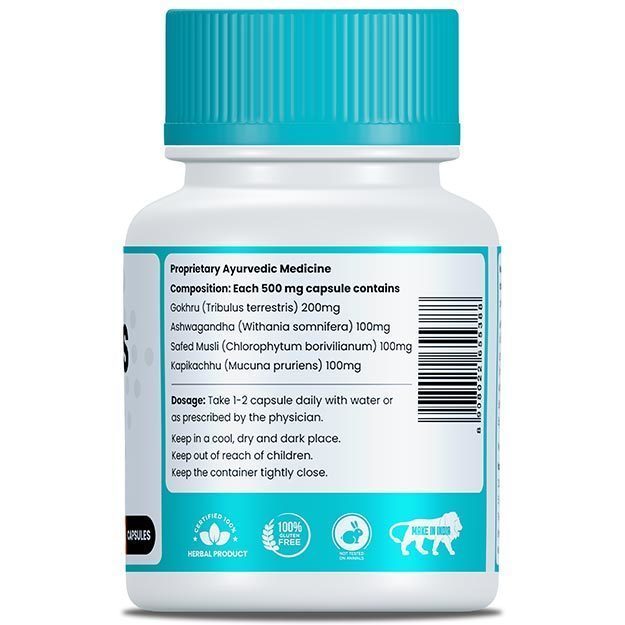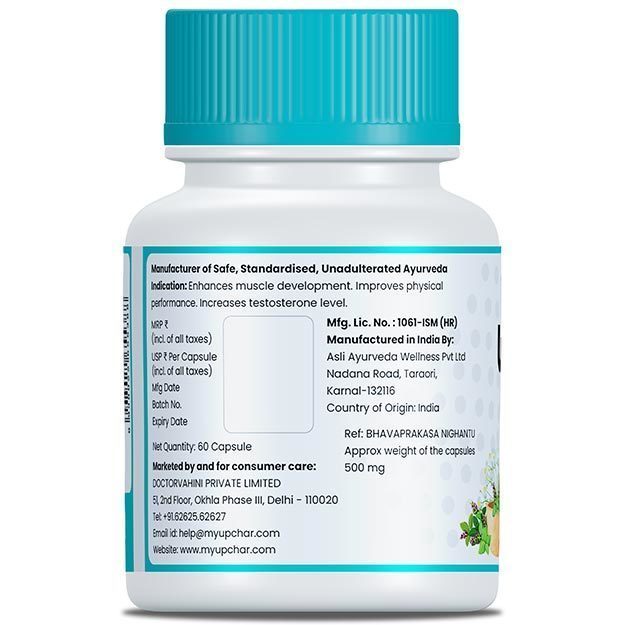What is a Semen Analysis Test?
Semen analysis is considered an important test for assessing various andrological diseases, male fertility and assessing the chances of prenancy. The test should have a high level of accuracy so as to achieve an adequate evaluation of all the parameters of male ejaculate.
Semen analysis test is not a fertility test but is the primary test used to evaluate infertility in men. It does not provide any information on the potential of a sperm to fertilise an ovum or undergo processes that will result in an eventual pregnancy. Sperm functional assays along with semen analysis are necessary for further evaluation.
Find men health information

